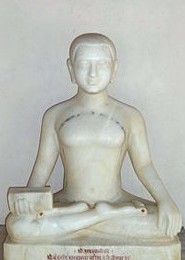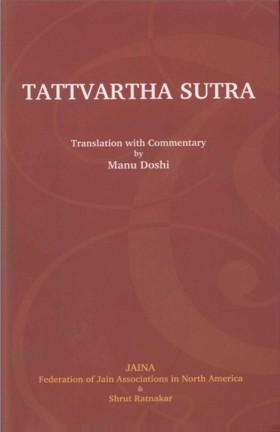Every living being desires to live happily and endeavors accordingly. But the concept of happiness varies with the level of physical and spiritual development. Based upon their concepts, the living beings can be classified in two broad categories of those who seek material happiness and those who seek spiritual one. The first category looks for worldly pleasure, which depends upon the external situations like access to the relevant objects, capability of the sense organs to avail them etc. The second category aspires to gain the lasting bliss, which arises from within and hence is not dependent upon the external factors. The dependent pleasure is termed as Kām and the independent one is termed as Moksha.
The Indo-Aryan philosophy classifies all endeavors into four categories pertaining to
- Dharma (moral values),
- Artha (economic aspects),
- Kām (worldly pleasure) and
- Moksha (liberation).
All such endeavors are termed as Purushārtha. Those pertaining to Kam and Moksha are the objectives, while those concerned with Artha and Dharma are the means for attaining the same. Since the objective of Kām happens to be transitory, one should really endeavor for the lasting objective of Moksha (attainment of liberation). As the trio of Samyagdarshan (right perception), Samyagjnān (right knowledge) and Samyakchāritra (right conduct) constitutes the path of liberation, the endeavor to reach those states is the true Purushārtha.
When we are born, we hardly know anything about ourselves or about the world around us. As we come in contact with the different situations and the different people, we are fascinated to know about them and the process of learning starts. That is the beginning of Purushārtha. During the young age there is a high degree of zeal and vigor associated with that process. The vigor runs in high gear and it continually prompts us to go ahead. Whether it is in the realm of education or sports, building up the career or falling in love, we aspire to reach the new heights. But our endeavor generally remains restricted to physical achievements. In other words, we remain busy pursuing Kām. There is hardly an insight to dwell within.
The diligence and zeal, with which we pursue our objective, reach the zenith during the middle twenties, when we normally select the spouse and/or embark upon a career. Thereafter the motivating spirit starts going down. That may not be immediately noticeable, but the descending trend normally becomes evident by the time we turn forty and later on we almost cease to have the enterprising spirit. The Purushārtha thus virtually comes to an end. The interest in reaching new heights disappears and we start feeling happy and satisfied with what we have and what we have been doing. Our endeavor rests limited to retaining what we have achieved. Our liveliness is almost gone and we happen to lose interest in achieving anything new.
Aging, fatigue, exhaustion etc. are normally cited as the reasons for that change, but those factors do not necessarily lead to an inert life. Except for ill health, it is possible to lead an active life in spite of the aging process. Aging will surely reduce the physical ability and therefore we may not be able to pursue anything with missionary zeal that we had been doing earlier. What is therefore required at that stage is to go in for something different that can still be within our reach. We need to have an objective that does not require too much physical vigor and yet is significant to provide the motivation for attaining the same.
Development of inner consciousness is such an objective. Striving for that purpose is not restricted to the aged. The youngsters also can do that. If, however, that is not undertaken earlier, it should be pursued at least at the later age. That pursuit can lead to manifestation of capabilities, which are usually attributed to the super-human beings. Those capabilities lie inherent within and can be manifested by one's own efforts. That is the sphere of Swapurushārtha (self-endeavor); no one else can do it for us. That is the endeavor for spiritual pursuit, which had until recently remained unknown to the western world. But there is now a noticeable awareness for seeking something beyond the material field. The scientists have started thinking in terms of something beyond the body and brain. Even the common people have been contemplating about the aspects, which till now had remained the eastern preserve.
The study of Tattvartha Sutra is relevant in this context. It lays that there are infinite potentialities for self-development and indicates how those potentialities can be realized. In other words, it shows the way to manifest the capabilities, which are lying within. The endeavor for that purpose constitutes Dharma and full manifestation of the capabilities is Moksha. Its concept of Moksha is thus not abstract. It does not relate to the abode in a remote, secluded corner of the universe. It is equated with total realization of potentialities. As the obstacles that hamper the manifestation of the capabilities are removed, the full manifestation arises.
That objective can no longer be set aside as being Utopian. Tattvartha Sutra shows that it is within the reach for every thinking person who tries to attain it. For that purpose it does not lay any mystic theories or dwell in ~he realm of philosophy. It clearly defines every concept and concisely indicates, step by step, what needs to be done for attaining the objective of Moksha. Its first chapter deals with various concepts like path of liberation, main fundamentals, types of knowledge, the way they arise, viewpoints etc. Let us examine that.
 Acharya Umaswati
Acharya Umaswati
